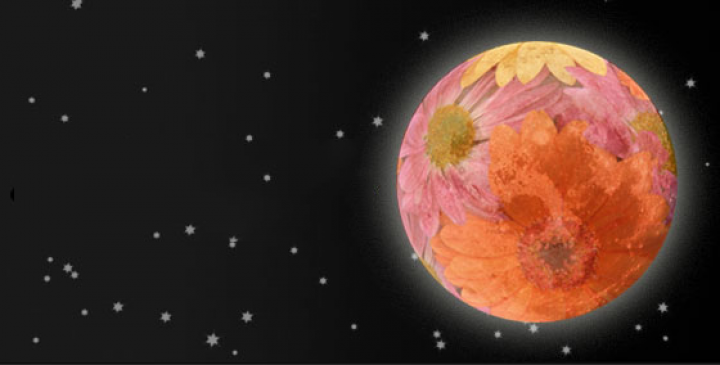
Thanks cutworm!!
Viewing will be impossible in our neck of the woods because of clouds and in places with clear skies, they will be battling the SUPER moon.

The Eta Aquarid
https://www.almanac.com/content/full-moon-may
The Final Supermoon of 2020
This year, we’ve been enjoying a series of spring supermoons, which began with March’s Worm Moon, culminated in April’s Pink Moon, and will finish with May’s Flower Moon on May 7.
When the full Moon appears this month, it will be ever-so-slightly farther away than it was in April and March. May’s full Moon still qualifies as a supermoon, but it won’t be as bright or as big as the others in the series, technically speaking. However, the difference in distance between its orbit and April’s—about 2500 miles—is not much in the grand scale of space, so you will still see a bright, beautiful supermoon!

On average, supermoons are about 7% bigger and about 15% brighter than a typical full Moon. Learn more about supermoons here!
The tradition of naming Moons is rich in history. Here at The Old Farmer’s Almanac, we have long honored the Native American Moon names and the folklore of those who came before us. We follow the full Moon names that were used during Native American and Colonial times to help track the seasons—usually from the Algonquin tribes who lived in the same areas as the Colonists.
May’s Full Flower Moon name is not surprising. Flowers spring forth in abundance this month!
Depending on the community, May’s full Moon was also called Mother’s Moon, Milk Moon, and Corn Planting Moon. The May full Moon marked a time of increasing fertility, with temperatures warm enough for safely bearing young, a near end to late frosts, and plants in bloom.
Learn more about Full Moon names and their meanings.

Back to the meteor showers.

IN DEPTH: The last time Halley’s comet was visible from Earth was in 1986. It’s not expected to be seen again until 2061.
As Halley’s Comet circles the Sun, the heat from the Sun allows the comet’s ice to slowly melt and shed pieces of dust, rock and gas trailing behind it. Earth first intersects this debris trail in late April and May. The small comet particles, typically the size of sand grains or gravel, within the debris trail smash into Earth’s upper atmosphere at nearly 150,000 miles per hour. As these small pieces of comet debris vaporize, they create visible streaks in the night sky to form the Eta Aquarids meteor shower.
This year, the Eta Aquarids meteor shower runs April 19th to May 28th, peaking May 5th just before morning twilight.
The Eta Aquarids are visible all across the globe but are more pronounced in the Southern Hemisphere sky. It is there that the Eta Aquarids can produce up to 20 to 40 meteors per hour. In the mid-northern latitudes, the count is closer to 10 meteors per hour.
There is an opportunity to see a few meteors late evening (post-sunset on May 4th) as this is when “earthgrazers” are best seen. Earthgrazers tend to be fewer in quantity but are known to make exceptionally long streaks in the sky. As night falls, the streaks tend to get shorter, but the meteors become more numerous.
You’ll want to look towards the southeast sky at the constellation Aquarius. The ‘radiant’, or the point at which the meteors seem to radiate from, is in front of this constellation and nearly aligns with the faint star Eta Aquarii. This is where the meteor shower gets its name.
You can find the moonrise and moonset for any place and any date at this site: